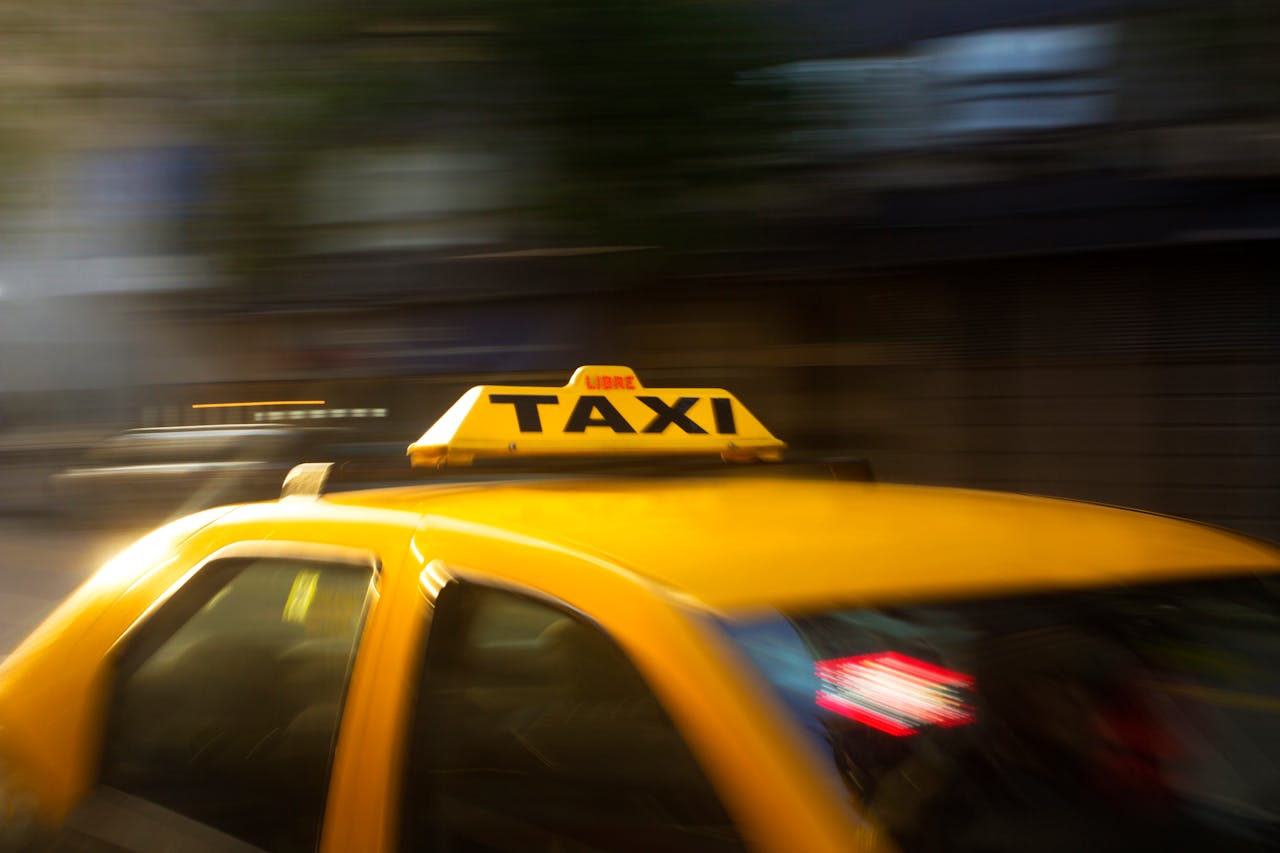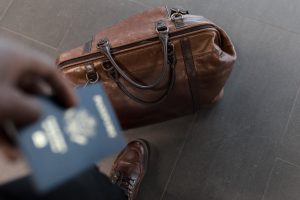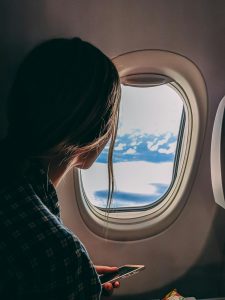An in-depth comparison of Waymo, Cruise, Baidu Apollo, Zoox, and AutoX’s tech strategies and real-world performance
In 2025, the Robotaxi arena remains full of uncertainty. While Tesla’s FSD continues to spark debate, it’s Waymo and Cruise that still lead the pack when it comes to actual commercial deployments in cities. Meanwhile, China’s Baidu Apollo and AutoX are pushing toward scaled operations across Asian markets.
This global marathon of autonomous driving has moved beyond flashy demos—it’s now a city-by-city battle for real-world traction. Let’s dive into five critical dimensions to see who’s truly winning this race on the ground.
1. Tech Pathways: LiDAR vs Vision—Who’s More Reliable?
- Waymo: LiDAR + multi-sensor fusion
Waymo sticks with a high-end fusion approach combining LiDAR, cameras, and radar, supported by its proprietary 5th-gen Sensor Suite. The setup is expensive but remains the benchmark for complex city environments like San Francisco. - Cruise: Conservative sensors, aggressive compute
Cruise also uses multiple sensors but leans more on cloud-edge hybrid computing. It performs better in nighttime or high-density traffic scenarios, especially during late-night order peaks. - Baidu Apollo: Full-stack self-developed + cost-effective
Baidu Apollo leverages its Kunlun chip + self-developed HD maps, emphasizing “local controllability.” It opts for lower-cost domestic LiDAR units and is aggressively cutting down per-vehicle costs annually. - Zoox: Symmetrical design + custom urban vehicle
Zoox takes a bold, unconventional route—developing a symmetrical, bidirectional vehicle tailored for city use. Still in pilot testing, its innovation continues to attract VC interest. - AutoX: Vision-focused with radar assistance
AutoX is testing a lighter setup focused on visual processing with minimal LiDAR, stabilizing operations in cities like Shenzhen and Shanghai. Its key edge: a low-cost commercial model.
2. Cities Served & Real-World Ridership
As of Q2 2025, here’s where each player stands in terms of real Robotaxi deployments:
| Company | Operating Cities (Global) | Est. Daily Riders | Profitable? |
|---|---|---|---|
| Waymo | 4 (Phoenix, SF, LA, Austin) | ≈12,000/day | ✘ |
| Cruise | 3 (SF, Houston, Phoenix) | ≈9,000/day | ✘ |
| Baidu Apollo | 8 (Beijing, Shanghai, Wuhan, Chongqing, Shenzhen, etc.) | ≈22,000/day | ✘ |
| Zoox | 1 (Las Vegas pilot) | ≈500/day | ✘ |
| AutoX | 5 (Shenzhen, Shanghai, Guangzhou, Foshan, HK) | ≈6,500/day | ✘ |
Note: Estimates are based on public reports, filings, PR releases, and third-party industry research.
Apollo is clearly ahead in city rollout, thanks to China’s local smart city initiatives. While Waymo and Cruise lead technically in the U.S., their growth is limited by tough regulators and frequent public opposition—especially in San Francisco, where operations were suspended multiple times.
3. Cost Structures: How Far Are We from Profitability?
According to Bloomberg’s April 2025 report, the full lifecycle cost per Robotaxi (hardware, ops, staff, insurance, maintenance) remains steep:
- Waymo: ~$320,000 per unit (custom hardware & LiDAR)
- Cruise: ~$290,000 per unit
- Baidu Apollo: ~$180,000 per unit (high domestic integration)
- Zoox: ~$400,000 per unit (custom chassis design)
- AutoX: ~$140,000 per unit (retrofit MPV platforms)
To break even, each Robotaxi needs to complete 40–50 daily rides, ideally with >70% uptime during peak night hours (11 PM–2 AM). In reality, most are still at 30 or fewer rides per day.
4. Incident Rates & Regulatory Scrutiny
In this business, one accident can shut down an entire city fleet. After Cruise’s pedestrian incident in late 2024, its San Francisco service was suspended for 3 months, costing the firm nearly $100 million.
As of March 2025:
- Waymo: 180 consecutive days with no major collisions (per public reports)
- Cruise: 2 minor rear-end cases, 1 pedestrian scrape (vehicle removed from fleet)
- Apollo: Over 4 million passengers served, with incident rates lower than human drivers
- Zoox: No incidents reported yet due to limited deployment
- AutoX: 1 reported collision with a non-motor vehicle in Guangzhou, with unclear liability
U.S. regulators are tightening rules. California DMV now mandates “transparent operation logs” for Robotaxis, requiring full trip and emergency data uploads. In China, the model favors “pilot first, then expand,” with each city having a detailed emergency response protocol.
5. Platform Potential: Who Can Build a Robotaxi Ecosystem?
- Waymo is testing integrations with Uber, aiming to share ride-pooling inventory;
- Cruise is leveraging GM’s ecosystem to explore logistics and delivery services;
- Apollo is tightly linked with Baidu Maps, Baidu Search, and Baidu Wallet for a closed-loop experience;
- Zoox may eventually integrate Amazon packages and local delivery;
- AutoX is working with Dongfeng and XPeng to build a SaaS + hardware B2B platform.
From a platform angle, both Baidu Apollo and Waymo show the most promise in becoming Robotaxi-as-a-Service (RaaS) players. Apollo especially benefits from tight integration across mapping, navigation, payments, and search services.
Bottom Line: The Harsh Truth of 2025—“No One’s Winning Yet”
Tech-wise, Waymo is still the most robust. In terms of deployment speed, Baidu Apollo moves fastest. Cruise, while stumbling, shines in late-night fleet efficiency.
But here’s the harsh truth: none of them are profitable yet. That might be the clearest takeaway in 2025’s Robotaxi landscape—burning cash, slow rollout, cautious expansion remain the status quo.
Who’s winning? Maybe nobody yet. But the ones falling behind are starting to show.



